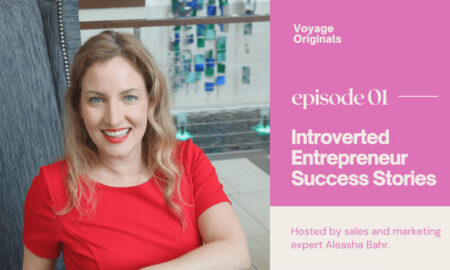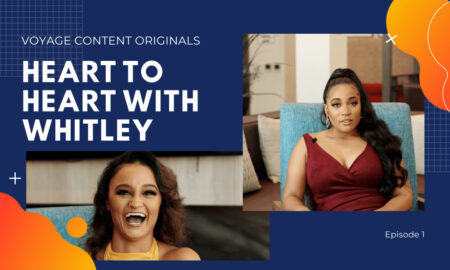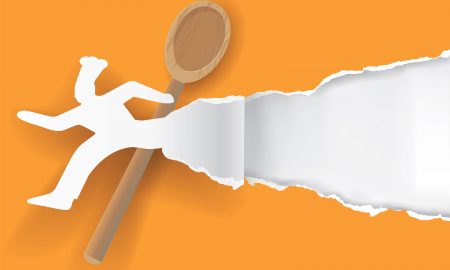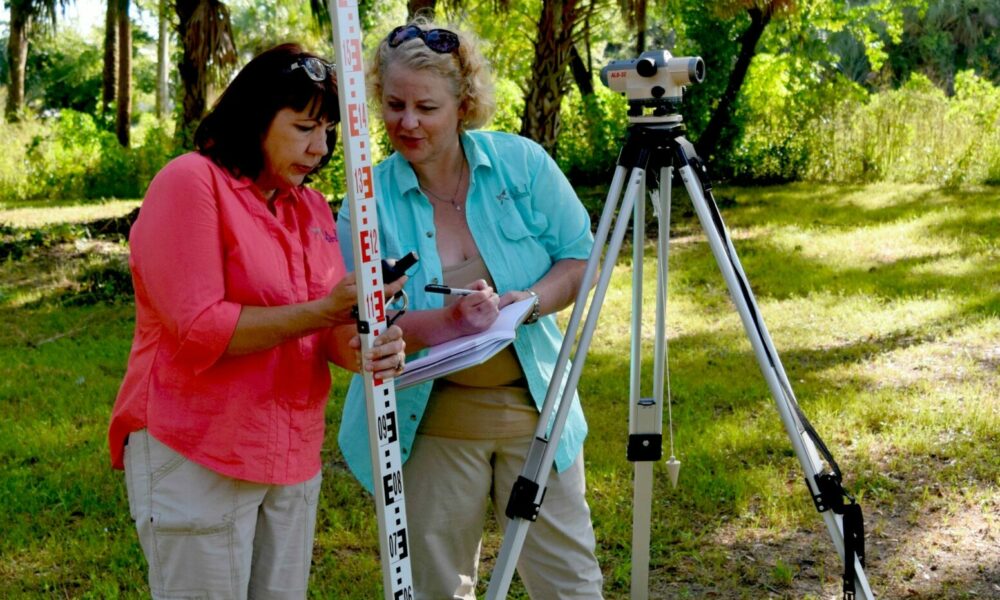

Today we’d like to introduce you to Rebecca Harris.
Hi Rebecca, can you start by introducing yourself? We’d love to learn more about how you got to where you are today.
I always wanted to be an archaeologist, so much so that I began at 12 years old with a local summer field school at a house museum in Northern Kentucky, where I grew up. I did the field school in Historical Archaeology for two summers, and then we moved to Florida the following summer. I finished High School in Seminole County and then enrolled at the University of Florida. I have a double Bachelor of Art in Classical Archaeology and Anthropology. Because I had an early calling to my vocation, I also always knew it would involve graduate school. I completed my Master of Arts in Anthropology at Florida Atlantic University. Then I continued my studies at the Ph.D. level, first at the University of Oklahoma and then at the University of Arkansas. I have been a Registered Professional Archaeologist since 2001. I have worked as a museum educator, a college professor, a field school assistant, a contract archaeologist for various Federal Agencies, and a Federal Archaeologist for the US Forest Service. In 2017, I decided to start my own Archaeological Institute as a non-profit in a place that has always been a part of my life; first, my childhood summers and, later, my husband’s hometown, New Smyrna Beach.
Can you talk to us about the challenges and lessons you’ve learned? Looking back, would you say it’s been easy or smooth in retrospect?
Learning to navigate this special area within the business sector has been challenging and rewarding. Being a non-profit organization has its ups and downs. Certain business rules apply, and others do not. Figuring out how to fund scientific research that is largely “under the radar” is a challenge. It took a few years to gain a steady base of contract archaeology work that provides the most funding. Still, as we celebrate 6 years this summer, SARI is coming into its own with several projects that are helping to piece together a complete understanding of the prehistoric and historical life of those who chose to call New Smyrna Beach home.
Great, so let’s talk business. Can you tell our readers more about what you do and what you think sets you apart from others?
SARI was founded for the love of archaeology and of a small beachside town. Many people outside of Volusia County need to understand how important New Smyrna has been in terms of the Colonial history of Eastern Florida. SARI is my love letter to my community to help them learn about the past and embrace it before it is completely erased through development, neglect, or climate change.
SARI is named after the Indigo Plantation, Smyrnea, Greek for New Smyrna. Dr. Andrew Turnbull named it Smyrna, Turkey, in honor of his wife, who hailed from Smyrna and settled in 1768 by 1400 immigrants from the Mediterranean who indentured themselves to the endeavor. The biggest and most meaningful Smyrnea Settlement project is a continued search for the approximately 900 individuals who died and were buried here during the plantation’s 9-year history. I am using newer techniques like LiDAR and thermal imaging to try and find the smallest clue on the larger landscape that would indicate burials may have taken place over 250 years ago.
The legacy of the colony’s short existence (9 years) is larger than life (legendary in many ways), and it is only through archaeology that we can gain factual evidence and accurately understand what life was like in that period. Because SARI focuses on New Smyrna and the immediate surrounding area, archaeological work focuses on all time periods. The Timucua people lived here for hundreds of years and were responsible for the vast shell mounds along the coastal waters like the Turtle Mound. We are working in downtown New Smyrna at the primary shell mound described by famed botanist William Bartram before the Smyrnea Settlement began. This work is important because so few of these shell mounds are still in existence, having been used for building materials earlier.
I am most proud to serve my local community. SARI works for the City of NSB or their contractors due to the local Archaeological Preservation Ordinance requirements. This means that SARI is also contracted by homeowners who live in one of the Historic Districts that have been given either a demolition or building permit. SARI also provides professional testimony and recommendations to City Councils and leadership on various Historic Preservation principles and projects.
Archaeology can also provide social justice in several ways. I have worked pro bono for a privately held historic black cemetery for larger recognition and continued research and preservation at the site. I recently found human remains and worked with local law enforcement to obtain DNA identification to compare to open cold cases.
My ultimate goal as a professional archaeologist is to create a synthesized archaeology of SE Volusia County and NSB in particular. With the many projects I have done in the last 6 years, the opportunity for a more complete understanding of the past is well in sight.
Can you share something surprising about yourself?
I have an insanely creative side. I sew, paint, and craft in various mediums and have an entire shop of items geared toward archaeologists on ETSY. This includes stickers and other SWAG items to give a sense of identity within our profession. All the proceeds from Archaeology Outfitter go back to SARI. I take my shop “on the road” three or four times a year to local and regional archaeological conferences, which help me network with an entirely new generation of archaeologists.
Contact Info:
- Website: www.nsbarchaeology.org
- Instagram: @nsbarchaeology
- Facebook: @nsbarchaeology
- Other: https://www.etsy.com/shop/ArchaeologyOutfitter
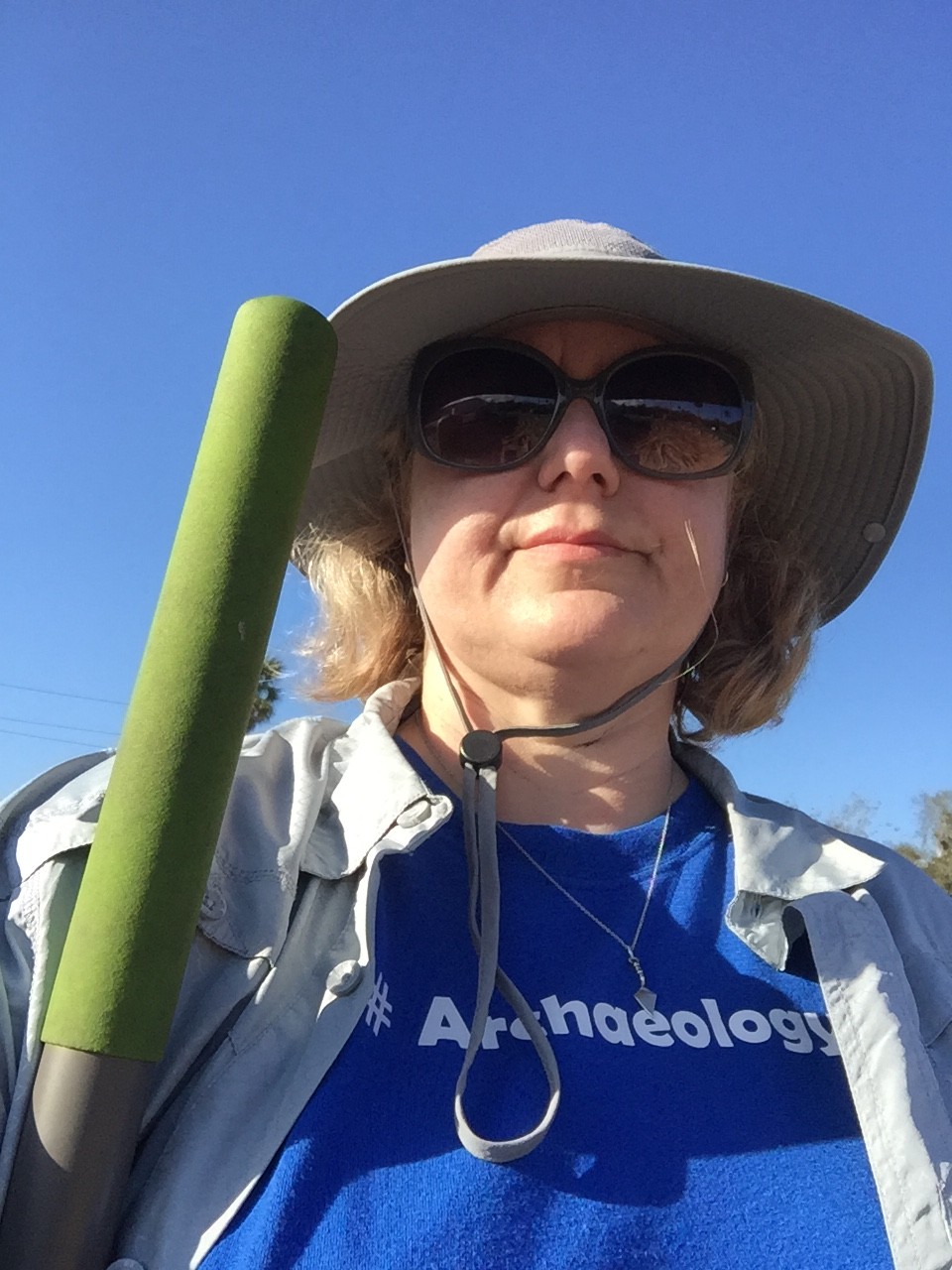
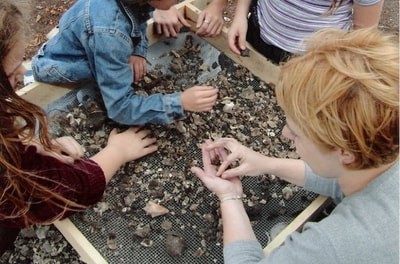
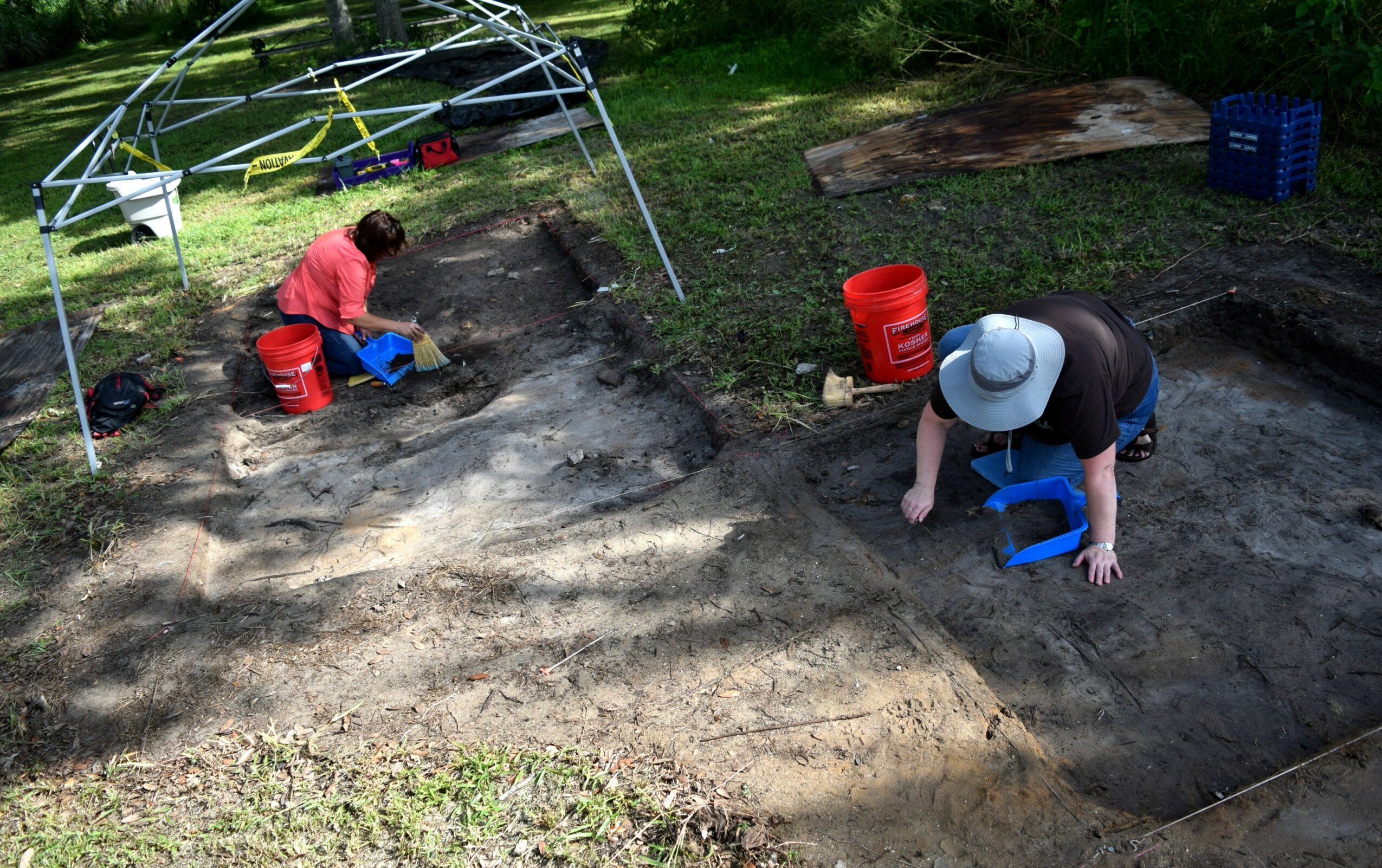
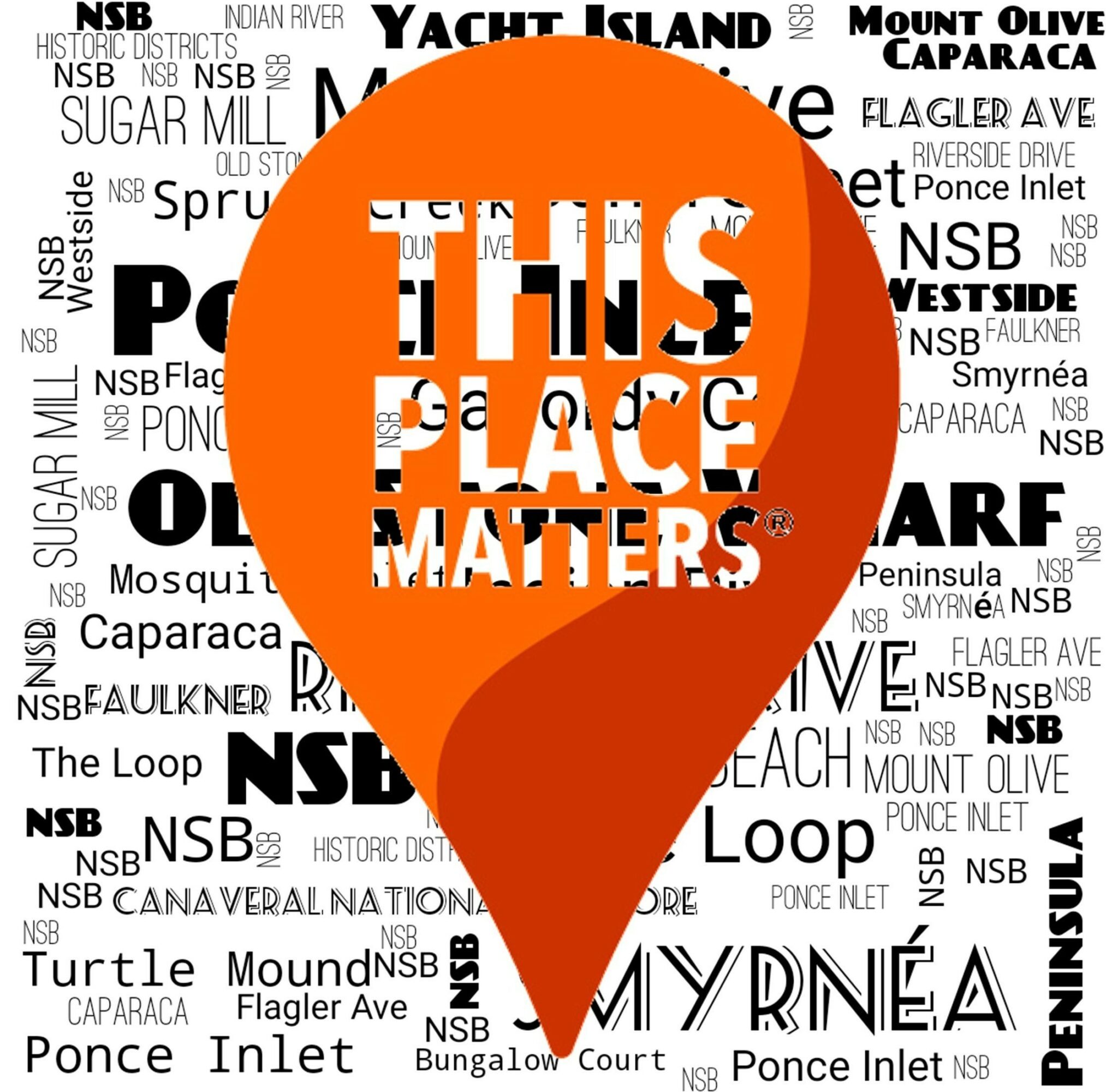
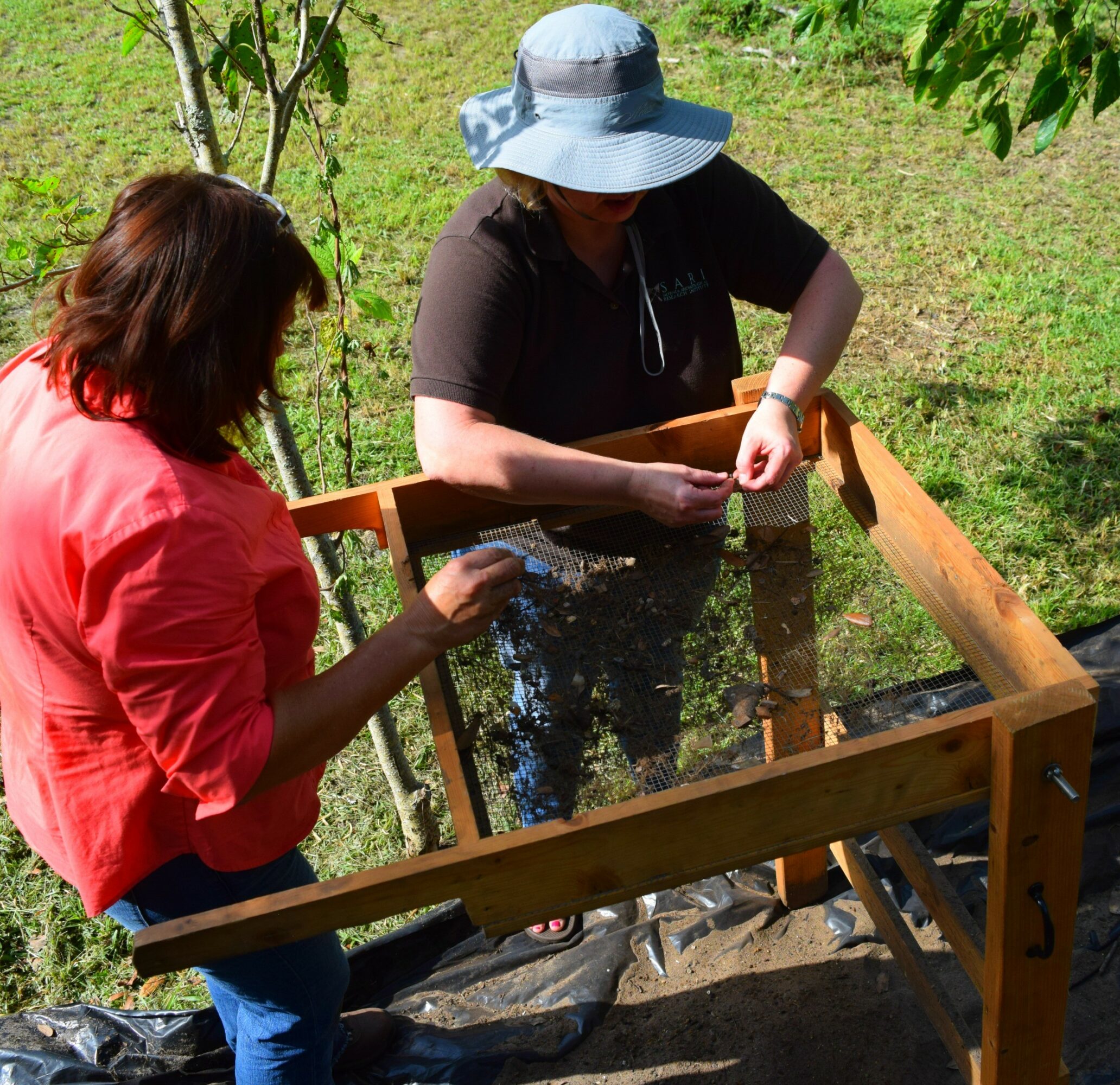
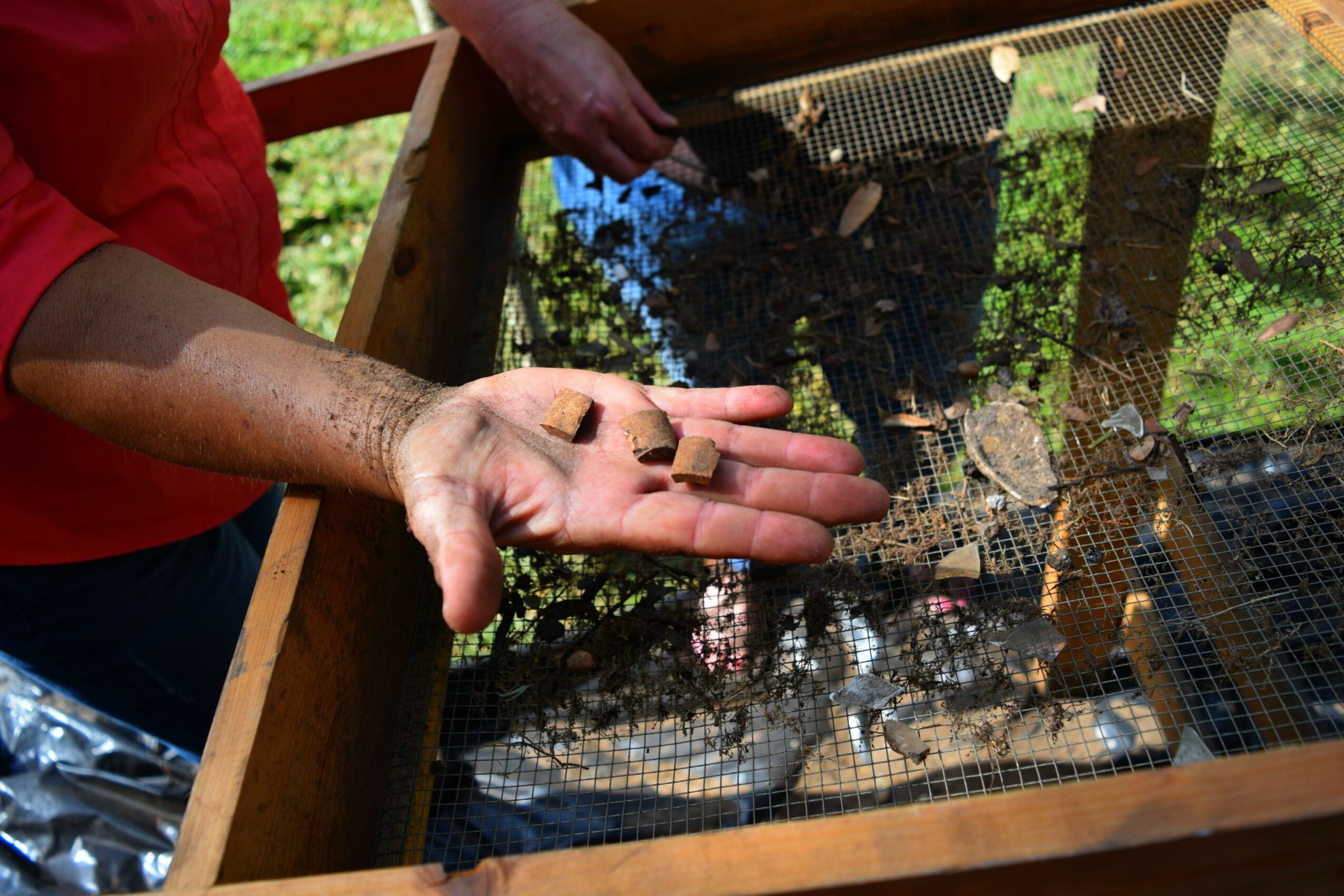
Image Credits
Cathy Radar www.nsblivingthedream.com



